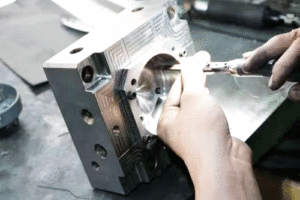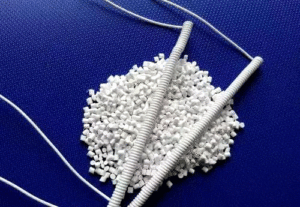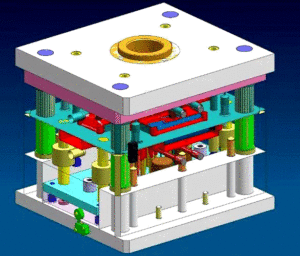
Polishing Treatment for Plastic Molds
Polishing Treatment for Plastic Molds With the widespread application of plastic products, such as daily-use items and beverage packaging containers, there is often a requirement
It refers to the injection molded parts that cannot meet the quality requirements of the original design and use during the injection molding process. A possible cause may be included when describing the shortcomings.
For example, insufficient injection molding, that is, incomplete injection molding. It may be described as insufficient filling pressure of the mold or insufficient plastic to fill the mold.
This may be a long process, because we must consider the processing of plastics, injection molding machines, and molds. The following are recommended guidelines:
Check the grade or type and the impurities. Confirm whether it meets the manufacturer’s specifications. It’s ok if this shortcoming is obvious in several batches of plastic from the same manufacturer or the same plastic from another supplier. Observe the effect of recycled materials, and pay special attention to its different processing characteristics with the same new material.
Check all the functions of the injection molding machine, and consider any factors that may affect pressure, temperature, ratio and time. If the shortcoming occurs intermittently, this usually implies an error in the operation of the injection molding machine, such as a temperature fluctuation caused by a bad thermocouple. When the defect occurs in the same position of the single-cavity mold, it implies that the cause of the problem lies in the device of the injection cylinder (such as the return valve) or the control adjustment of the injection molding machine.
Make sure that the mold is properly installed, at the correct temperature. Also, all parts are running smoothly. If the shortcomings always appear in the same or several cavities of the multi-cavity mold, the shortcomings usually lie in the feed system (that is, the runners or gates of these cavities).
Check whether the pressure, temperature and time are set according to the recommendation of the plastic supplier. If the shortcoming disappears when using the mold in another injection molding machine, the shortcoming is probably due to the consistency of the processing conditions used and the original machine. When the defect disappears because another person comes to operate the injection molding machine, the defect may be caused by human error. Then we should check the speed, the management of the injection molding operation and the residence time of the safety door opening and closing.
The shortcomings of injection molded parts will undoubtedly bring hidden quality problems to injection molding production. To solve these shortcomings, we can start from the following aspects:
If the shortcoming makes the injection molded part unusable or unsellable, this shortcoming must be eliminated. If it is only a weak influence, it may not necessarily be completely eliminated.
The operator, plastics, injection molding machine, mold and processing need to be reviewed.
Failure to take appropriate actions will produce inferior injection molded parts and thus have a destructive impact on the profitability of the project.
Record all the conditions that can eliminate the shortcomings. Indicate the repair or modification of the mold or injection molding machine, as well as the change of the type, grade and quality of the plastic. If using recycled materials, we should indicate the quality of the ratio used.

Polishing Treatment for Plastic Molds With the widespread application of plastic products, such as daily-use items and beverage packaging containers, there is often a requirement

Injection Molding Techniques for TPE and TPR Injection Molding Techniques for TPE and TPR 1. Dry the TPE and TPR material before injection molding It

Winter Maintenance Measures for Injection Molding Machines As winter approaches and temperatures gradually drop, a cold chill envelops the earth. While ensuring personal warmth, it

Assessment Regulations for Mold Trial Exceeding 3 Times Assessment Regulations for Mold Trial 1. Purpose The purpose of this regulation is to standardize the work of